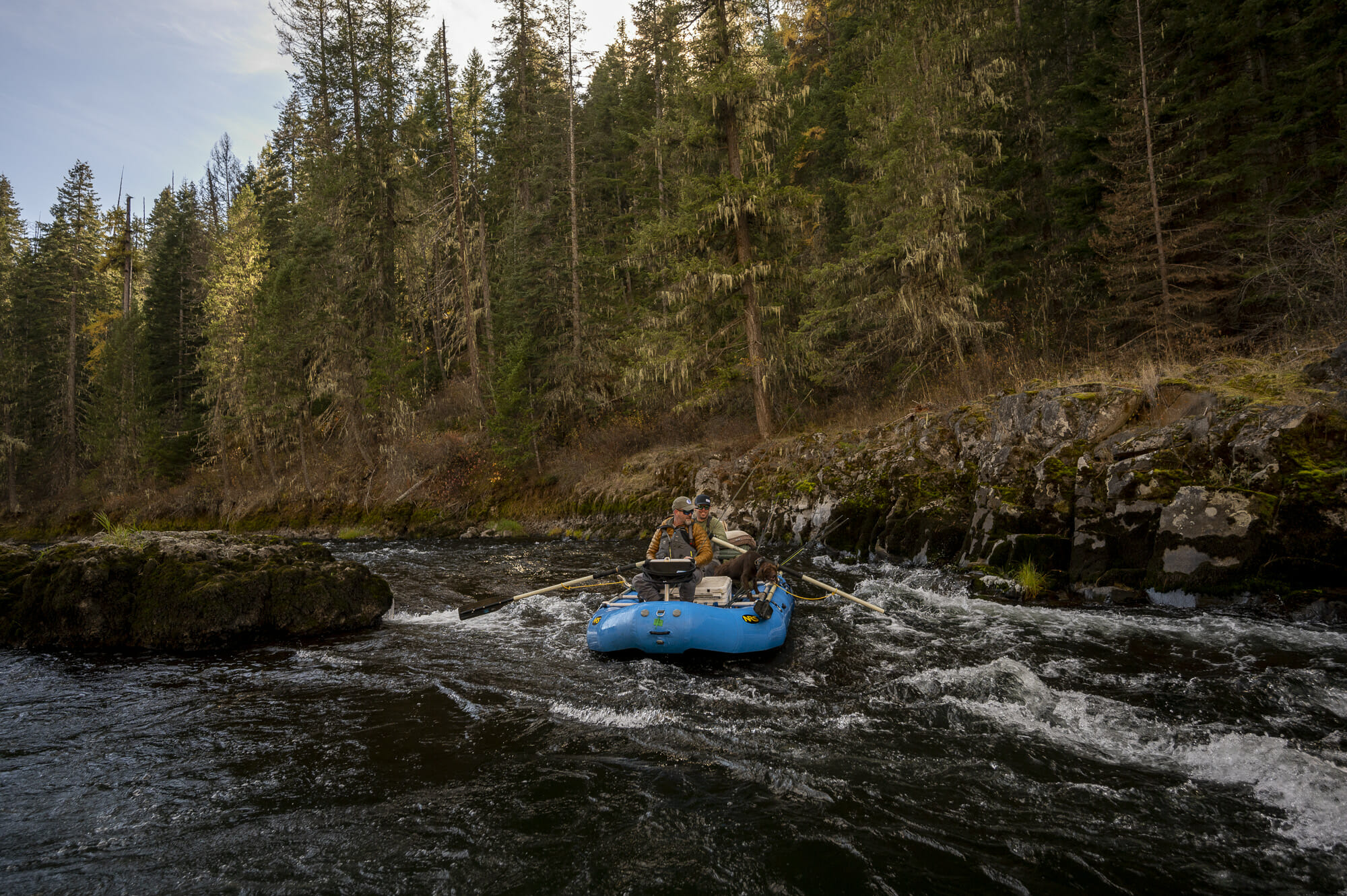Some things just disappear. The rod tube cradling my beloved Winston 5-weight somehow took wing and soared out of my backpack and landed on a county road. Knives have evaporated from my pockets and have never reappeared. Sunglasses vanish like Jimmy Hoffa, never to be seen again.
All this is mostly just an annoyance if it’s cheap stuff. But sometimes it isn’t cheap stuff. Sometimes, we pay serious money for that rod or those drift boat oars or that giant fly box filled with our favorite flies. It would be nice to be able to get it back if it somehow decides to vanish without a trace.
Enter Karmik Outdoors based in Boise, Idaho. Aaron Akins and Robert Gillingham hit upon a simple idea: create an online lost-and-found service for outdoor enthusiasts. There is no initial activation fee required — simply purchase the individualized QR code decals at $3.99, then activate them by scanning the code with your phone or entering in the ID number using your desktop. Put the decals on your gear and walk away reassured that if you misplace your items, you will get them back. After one year the active decal costs $1.99 annually to renew. When someone finds your lost gear and scans the code on the decal, you’re notified via email and you get your gear back. And, you’ll be able to return the favor, of course, by helping reunited owners with their lost gear, too.
Some things shouldn’t just disappear. Gear, for sure. More importantly, native fish shouldn’t disappear. Wild summer steelhead and spring and summer chinook salmon runs in the Snake River and its tributaries in Idaho are on the verge of extinction. Annual run estimates prior to the 1850s exceeded 2 million fish for all Snake River stocks. They’ve been reduced by over 90 percent in my lifetime.
The bottom line is that if we are going to make major investments in wild fish recovery in the Columbia Basin, the Snake River is the place to put our efforts. Removing the four lower dams on the Snake is the key.
But it doesn’t have to be that way. About 46 percent of Idaho’s historic spawning and rearing habitat for spring and summer Chinook salmon and summer steelhead remains accessible. Even with significant areas of the Snake River blocked by impassable dams, it still has tens of thousands of miles of high-quality salmon and steelhead habitat in the Clearwater, Salmon, Grand Ronde and Imnaha sub-basins. The bottom line is that if we are going to make major investments in wild fish recovery in the Columbia Basin, the Snake River is the place to put our efforts. Removing the four lower dams on the Snake is the key.
That idea resonates with these two Idaho anglers and businessmen. They love the Snake River — it’s their home water — and the idea of restoring these native fish runs is not only good for their business, it’s good for their families for generations to come.
Like Aaron Akins says, “We want our children to be able to fish for wild steelhead and salmon in Idaho. The only way that’s going to happen is if we remove the lower four dams on the Snake River. We stand with Trout Unlimited — take out the lower four.”



